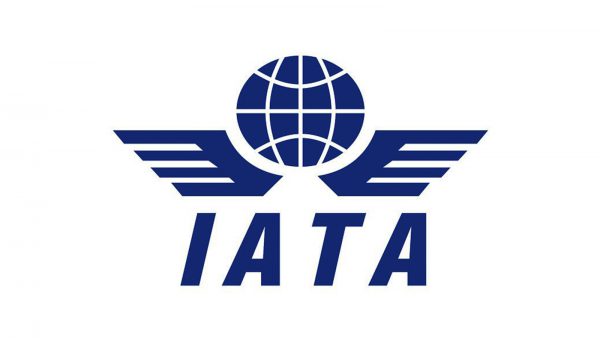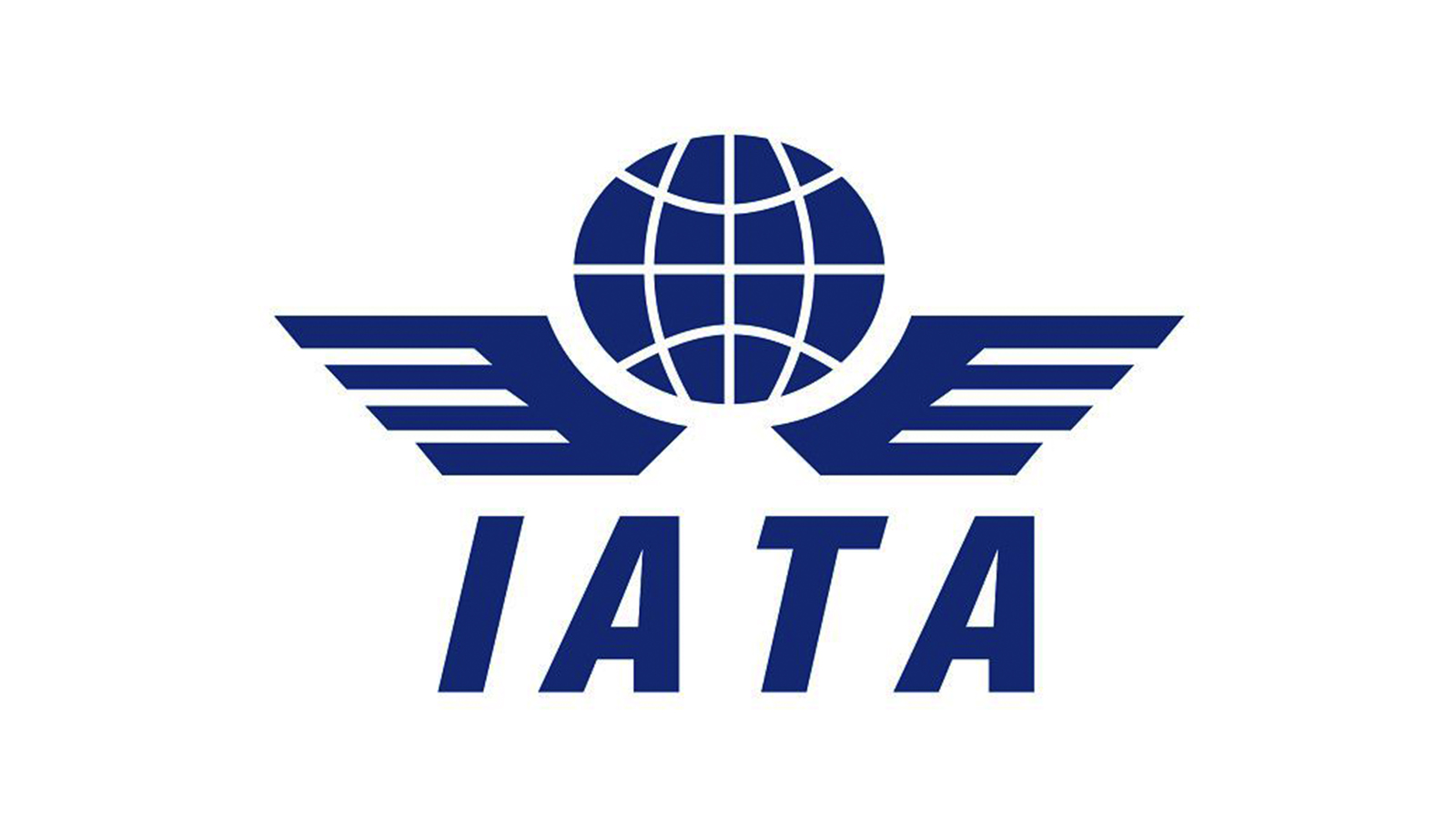SINGAPORE, 29 March 2021: Understandably, due to the drastic cuts in flights worldwide, airline travel got considerably safer in 2020, according to the International Air Transport Association’s 2020 safety report
The 2020 Safety Report and released data for the 2020 safety performance of the commercial airline industry.

- The total number of accidents decreased from 52 in 2019 to 38 in 2020.
- The total number of fatal accidents decreased from 8 in 2019 to 5 in 2020.
- The accident rate was 1.71 accidents per million flights. This is higher than the 5-year (2016-2020) average rate which is 1.38 accidents per million flights.
- IATA member airlines’ accident rate was 0.83 per million flights, which was an improvement over the 5-year average rate of 0.96.
- Total flight operations reduced by 53% to 22 million in 2020.
- Fatality risk remained unchanged compared to the five-year average at 0.13.
With a fatality risk of 0.13 for air travel, on average, a person would have to travel by air every day for 461 years before experiencing an accident with at least one fatality. On average, a person would have to travel every day for 20,932 years to experience a 100% fatal accident.
“Flying is safe, although the industry did take a step back on performance in 2020. The severe reduction in flight numbers magnified the impact of each accident when we calculate rates. But numbers don’t lie, and we will not allow this to become a trend. We will have an even sharper focus on safety during this period of reduced operations and as flight schedules are rebuilt when the world reopens,” said, IATA’s director general and CEO Alexandre de Juniac.
For the first time in more than 15 years, there was no Loss of Control Inflight (LOC-I) accidents, which have accounted for the largest share of fatalities since 2016. “The lack of any such events in 2020 was a positive development. Nevertheless, based on the initial reports from the investigation into the tragic loss of Sriwijaya Air SJ 182 early in 2021, we must continue to learn and improve,” said de Juniac.
| 2020 | 2019 | 5-year average (2016-2020) | |
| All accident rate (accidents per one million flights) | 1.71 or 1 accident every 0.58 million flights | 1.11 or 1 accident every 0.9 million flights | 1.38 or 1 accident every 0.75 million flights |
| Total accidents | 38 | 52 | 52.4 |
| Fatal accidents[i] | 5 (3 jet and 2 turboprop) with 132 fatalities[ii] | 8 with 240 fatalities | 7.6 with 222.4 fatalities |
| Fatality risk | 0.13 | 0.09 | 0.13 |
| Jet hull losses (per one million flights) | 0.21 which is equal to 1 major accident for every 4.8 million flights | 0.15 (one major accident for every 6.6 million flights) | 0.20 (one major accident for every 5 million flights) |
| Turboprop hull losses (per one million flights) | 1.59 (1 hull loss for every 0.63 million flights) | 0.69 (1 hull loss for every 1.45 million flights) | 1.07 (1 hull loss for every 1.0 million flights) |
Jet hull loss rates by region of an operator (per 1 million departures)
The global average hull loss rate rose slightly in 2021 compared to the five-year average (2016-2020) despite improvement in five regions.
| Region | 2020 | 2016-2020 |
| Global | 0.21 | 0.20 |
| Africa | 0.00 | 0.28 |
| Asia Pacific | 0.62 | 0.30 |
| Commonwealth of Independent States (CIS) | 1.37 | 1.20 |
| Europe | 0.31 | 0.14 |
| Latin America and the Caribbean | 0.00 | 0.39 |
| The Middle East and North Africa | 0.00 | 0.34 |
| North America | 0.00 | 0.10 |
| North Asia | 0.00 | 0.03 |
Turboprop hull loss rates by region of an operator (per 1 million departures)
Six regions showed improvement or no deterioration in the turboprop hull loss rate in 2020 when compared to their respective five-year averages. Accidents involving turboprop aircraft represented 29% of all accidents and 40% of fatal accidents in 2020.
| Region | 2020 | 2016-2020 |
| Global | 1.59 | 1.07 |
| Africa | 13.02 | 4.93 |
| Asia Pacific | 0.00 | 0.58 |
| Commonwealth of Independent States (CIS) | 0.00 | 13.75 |
| Europe | 0.00 | 0.00 |
| Latin America and the Caribbean | 2.35 | 0.73 |
| The Middle East and North Africa | 0.00 | 1.44 |
| North America | 0.00 | 0.30 |
| North Asia | 0.00 | 0.00 |







